Atlantic cod
Iceland and Faroes grounds, Norwegian Sea and Barents sea (FAO 27)
Demersal otter trawl, Danish seine, Demersal longlines, Handlines and pole-lines, Fykes, Gillnets
- Jan
- Feb
- Mar
- Apr
- May
- Jun
- Jul
- Aug
- Sep
- Oct
- Nov
- Dec
Cod-like fishes belong to the Gadidae family. This includes the Atlantic and Pacific cod, pouting, haddock, whiting, European pollock, Alaska pollock and saithe. They live near the seabed in coastal waters and in deeper waters. During the day, they aggregate in schools. At night, they separate to forage independently. Gadidae are omnivorous fish that feed on worms, molluscs, bivalves, crustaceans and small fish. They migrate over large distances to spawn and to hunt on large schools of herring and smelt.
Atlantic cod can be found in colder waters near to the seabed in the northern Atlantic Ocean. Due to climate change and an increasing water temperature, the distribution range of Atlantic cod stocks are shifting northwards. This species can reach lengths of up to 150 cm and can weigh 40 kilograms. Arctic cod that migrates to the Norwegian coast in the spring, is also called ‘skrei’, which is often sold on the Dutch market.
Iceland and Faroes grounds, Norwegian Sea and Barents sea (FAO 27)
Demersal otter trawl, Danish seine, Demersal longlines, Handlines and pole-lines, Fykes, Gillnets
Northeast Atlanic Ocean: North Sea, Irish Sea, English channel, Iceland, Skaggerak, Kattegat, Sound, Belt Sea, Baltic Sea (FAO 27)
Demersal otter trawl, Danish seine, Demersal longlines, Gillnets
Greenland (FAO 21)
Bottom otter trawl
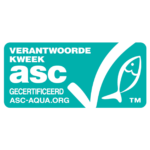
Fish with the ASC label is farmed in a sustainable manner.
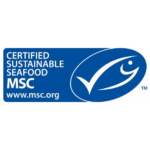
Fish with the MSC label is caught sustainably.
This fish is not being overfished or is being responsibly farmed, with minimal impact on the environment.
This fish is a second choice. There are still some improvements to be made in this fishery or fish farm.
Do not buy this fish. It's being overfished or the way it's farmed or caught has a negative impact on the environment.
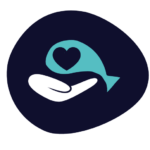
There is fish available of this species that is farmed or caught using high welfare standards.
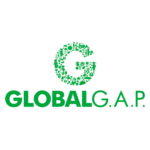
GlobalG.A.P. certified farms are doing a step in the right direction in terms of sustainability. A few species with this label are getting a better score on the VISwijzer.
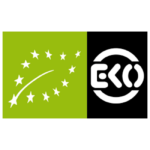
Organic standards are the strictest when it comes to fish feed. They also require certain measures for animal well-being.